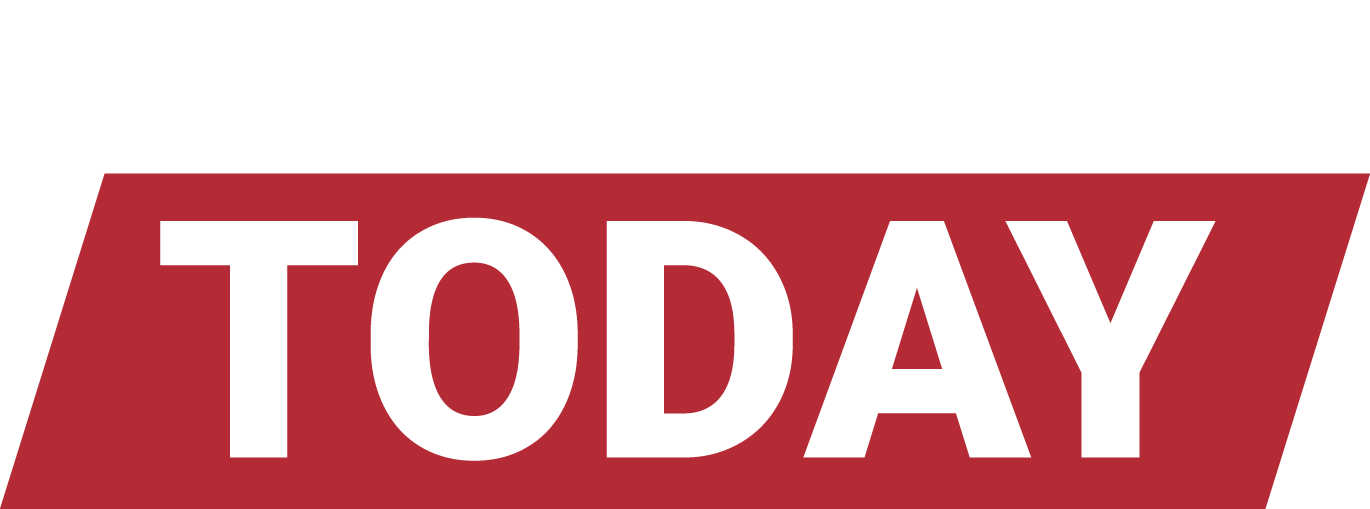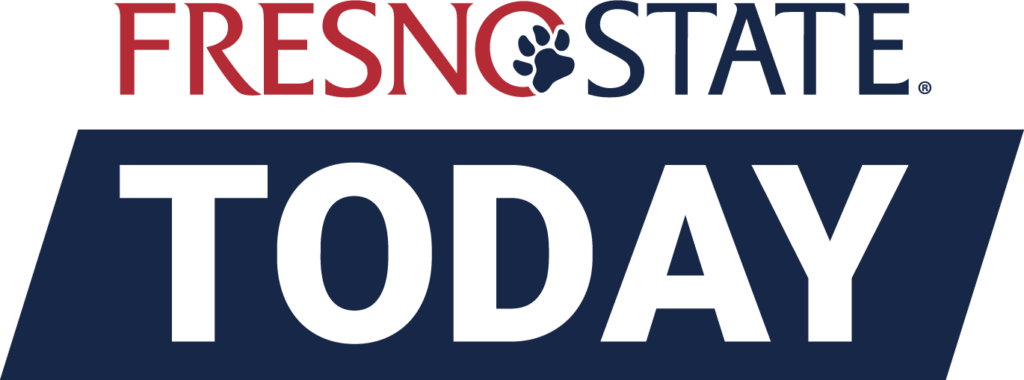Every Monday through Thursday morning, when most students are asleep or finishing up their late-night studying, Diego Olivares wakes up at 1:20 a.m. to get ready for work at the Fresno State dairy.
During his shift, the Bakersfield native drives tractors and other large equipment around the stalls and barns to make sure each cow receives its first portion of 50 or more pounds of feed that day.
Those large quantities are important to help the cows to stay happy and healthy, especially the 40% of the herd that produces up to 10 gallons of milk or more each day. The milk is then used to produce ice cream at the campus creamery and sold at the Gibson Farm Market and other area retailers.
“When I was looking at colleges, Fresno State appealed to me partly because of the dairy unit, and the connections I would make there,” Olivares said. “It’s a student-run operation that covers everything, so it has given me a chance to be involved in many different types of areas, including veterinary needs and operation management.”
Since the Central Valley is one of the nation’s leading milk producers, several recent upgrades have been made to help keep the unit up to date with industry practices and equipment, and ensuring proper teaching and training area for classes and student assistants.
Most recently, the farm has added a new concrete pad under the storage area for its silage feed that’s a little less than half the size of a football field. The new surface will help to encourage better drainage, lessen the chance for spoilage and give student workers like Olivares easier access to move feed and avoid mixing in dirt and mud.
To promote healthy milk production, dairy cows have higher nutrition needs, and properly-maintained corn silage is a favorite part of their diets. This type of feed includes the entire corn plant, which is chopped up at harvest, and then fermented under a cover to make it more palatable and nutritious for the cow’s complex digestive system.
Silage is also cost-effective since it suffers little nutrition loss when stored for several weeks or months, and can even salvage crops damaged by weather that are unable to be used for grain. Compared to corn grain feed, silage can also be harvested earlier in the growth cycle when nutrition levels are higher.
Managing feed resources is important for any dairy’s balance sheet since it’s one of the most expensive inputs, and prone to volatility when market prices fluctuate. Managing the bottom line financially is especially important for a herd like Fresno State’s with 200 dairy cattle, compared to other dairies around the state that now average over 1,500 head per farm.
“The silage pad provides students with a better surface for preparing silage feed for the dairy cows, which in turn helps minimize feed loss,” said Dr. Rolston St. Hilaire, dean of the Jordan College of Agricultural Sciences and Technology. “In a dairy operation of this size, it’s essential to review all operations to identify ways to improve production efficiency, and reducing feed loss is one of those key measures.”
Alongside the acquisition of a new feed wagon two years ago, other recently completed projects at the dairy include a repaired molasses tank to use with feed rations and new siding for a feed barn. A project to add new shade equipment for the cattle is planned to start this summer.
Besides managing the feeding responsibilities, Olivares also helps clean and resupply corrals and cattle bedding areas and oversees management of feed barns.
Since he started working at the campus dairy as a freshman in 2022, the part-time job has provided vital, hands-on training as he prepares for a potential job in dairy management. He has also learned about industry standards for animal health and welfare, software applications and more.
The campus experience has not only confirmed his preferred career path, but also complements another dairy job that he works Friday through Sunday when he returns home to Bakersfield each weekend.
The commitment to the dairy industry is one he inherited from his father, Pablo Olivares, who has over 20 years of working at dairy ranches in California or owned by family members in Mexico. Besides the experience, the positions allow Diego to pay for college himself, without the help of his parents.
“Some might say it’s hard work doing this seven days a week,” Olivares said, “but I like it. I’ve been around dairies since I was able to walk, so taking classes at Fresno State and working here has been a dream opportunity.”


